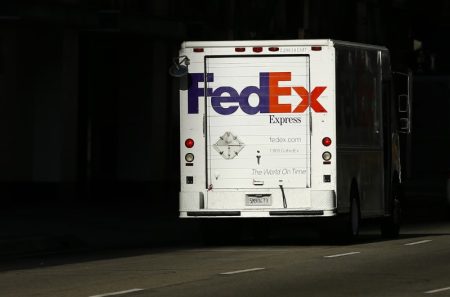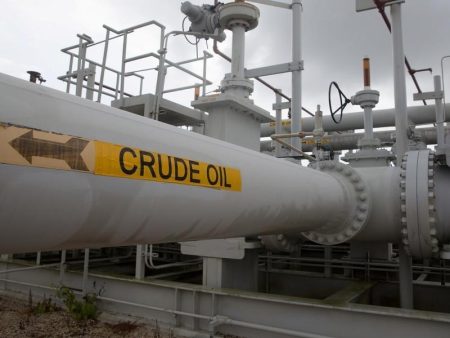The numbers: Consumer spending rose a mild 0.2% in October in potentially another sign of a long-predicted slowdown in the U.S. economy.
Analysts polled by the Wall Street Journal had forecast a 0.2% increase.
Consumer spending is the main engine of the U.S. economy. Outlays grew a robust 3.6% in the third quarter, but the increase was larger than normal and not seen as sustainable.
Incomes moved up 0.2% in October, the government said Thursday.
Key details: Americans spent more last month on health care, housing and utilities — all necessities.
They reduced purchases of new cars — a byproduct of high prices and high interest rates — and spent less on gas as the cost of oil declined.
The U.S. savings rate, meanwhile, rose a tick to 3.8%. The savings rate has fallen since the end of the pandemic, however, and suggests Americans have less financial cushion than they did a few years ago.
The so-called PCE price index, the Fed’s favorite inflation barometer, was flat in October.
Big picture: The burst of growth in the third quarter appears to have faded. Higher interest rates have sapped spending on big-ticket items such as cars and discouraged business investment. And inflation, which is still high, has made Americans more choosy in what they buy.
Consumers are unlikely to sharply curb spending as long as they feel secure in their jobs. The worst labor shortage in decades has given employees more leverage over employers and the situation is likely to persist for some time.
Looking ahead: “There are signs consumers are becoming a bit choosier and price conscious, but no major pull-back in consumer spending that would signal an impending recession,” said chief economist Scott Anderson of Bank of the West.
Market reaction: The Dow Jones Industrial Average
DJIA,
and S&P 500
SPX,
were set to rise in Thursday trades.
The yield on the 10-year Treasury note
TMUBMUSD10Y,
edged up to 4.29%.
Read the full article here







